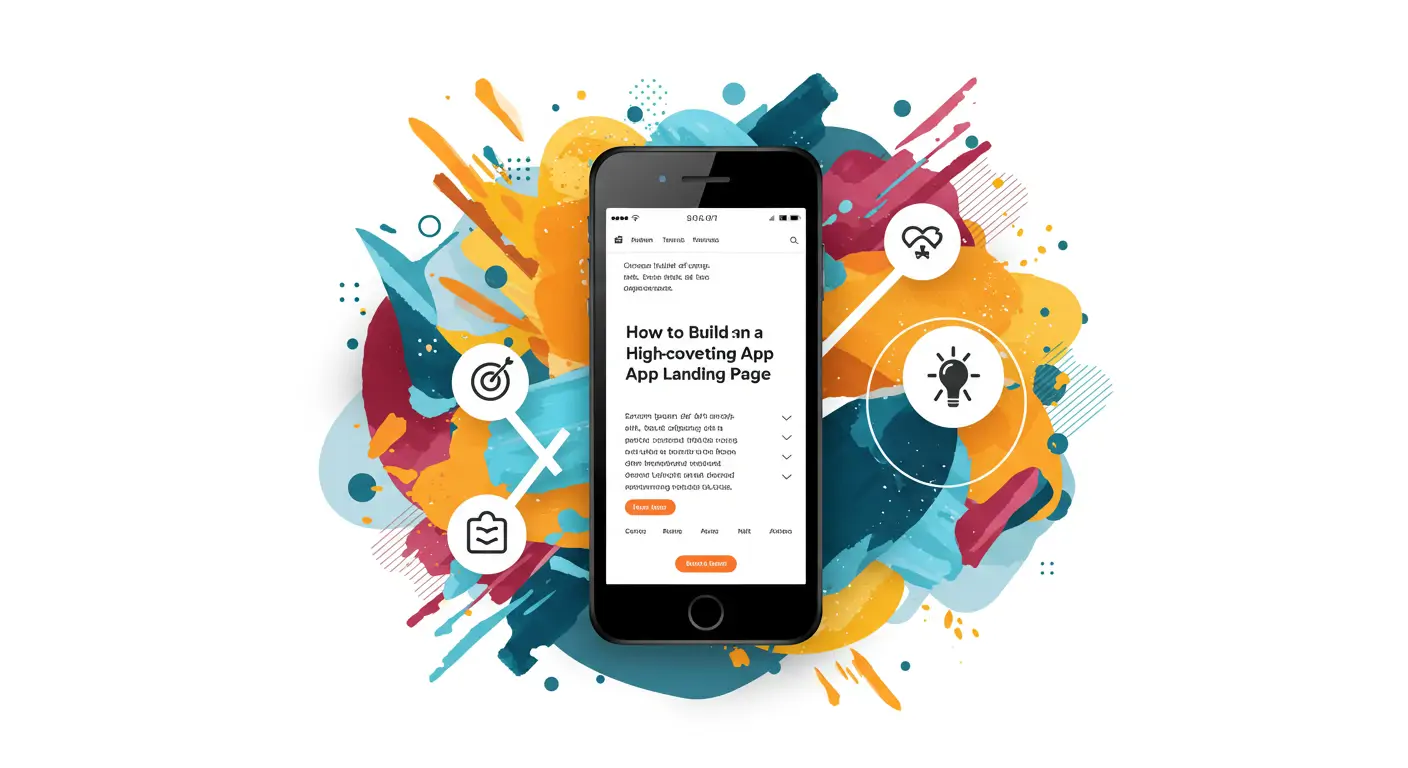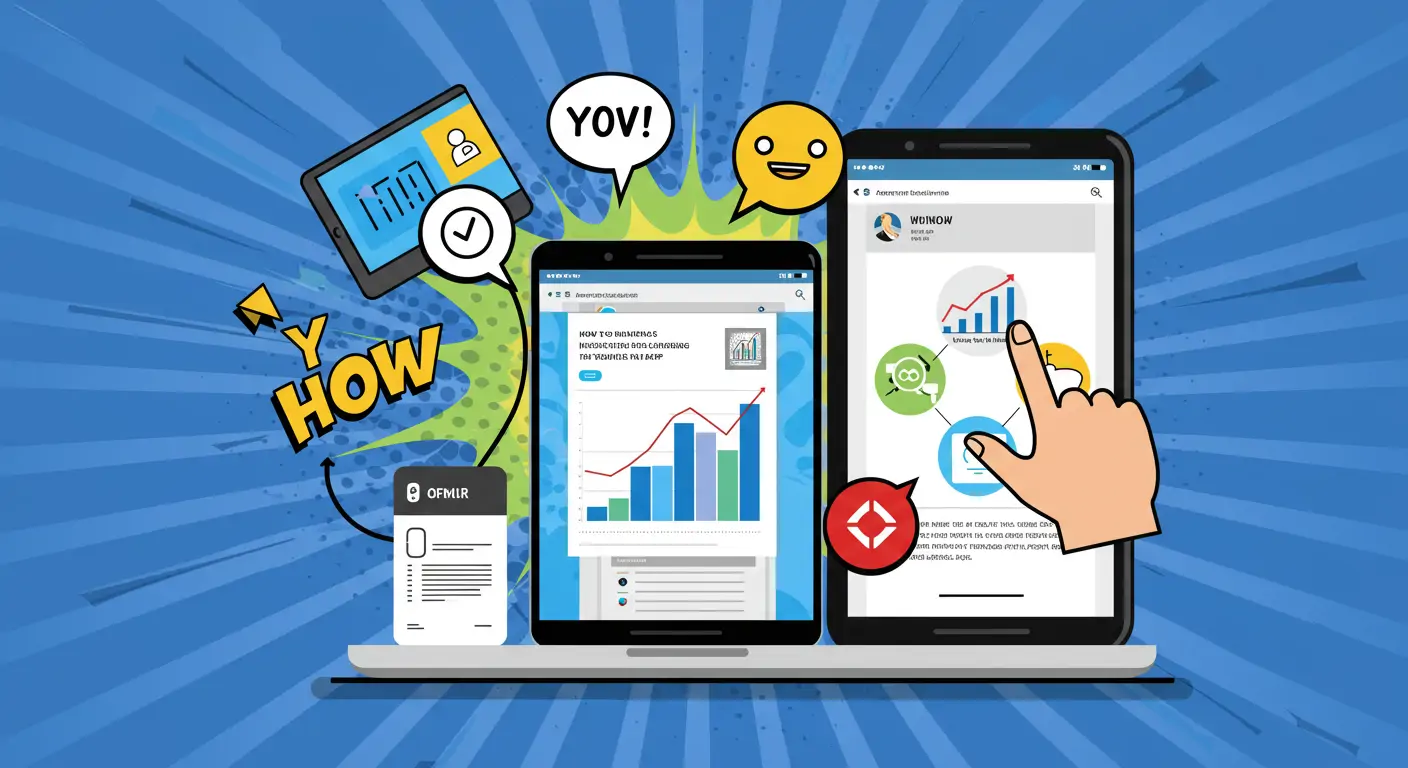Introduction: Why This Matters Now
In 2025, the app marketing landscape is undergoing a seismic shift driven by AI-powered predictive analytics. According to a recent report by Gartner, the use of predictive analytics in app marketing increased 45% from 2024 to 2025. This trend is redefining user acquisition strategies and offering unprecedented precision and efficiency. The implications are profound for app developers, marketers, and businesses aiming to stay competitive in a fast-evolving digital world.
Read time: 15 minutes
Industry Shift: Redefining User Acquisition
In 2024, several major players, including Google, Facebook, and Apple, began integrating AI-driven analytics into their marketing platforms, a development that has rapidly gained traction. The global market for AI-enabled app marketing tools reached $12 billion in 2025, up from $8.5 billion in 2024 (Statista). Traditional methods of user acquisition, reliant on demographic targeting and historical data, are failing to deliver the personalized experiences today’s users demand.
Key Drivers: What's Fueling This Trend
Driver 1: Technological Advancements in AI
Breakthroughs in machine learning algorithms have enhanced the ability to predict user behavior with remarkable accuracy. For example, the AI model developed by AppLovin in 2025 predicts user lifetime value with a precision rate of 92%, revolutionizing ad targeting strategies.
Driver 2: Rising Competition in the App Space
The number of apps available in the market grew by 13% in the past year, intensifying the competition for user attention. AI provides a competitive edge by enabling more effective targeting strategies, as demonstrated by Appsflyer, which reduced cost-per-install by 30% using predictive analytics.
Real-World Impact & Case Studies
Case Study 1: Duolingo's Enhanced User Engagement
In early 2025, Duolingo implemented AI-driven analytics to tailor user experiences based on predictive behavior models. This led to a 27% increase in user retention, transforming how language learning apps engage users.
Case Study 2: Spotify's Predictive Playlist Curation
Spotify deployed predictive analytics to forecast listener preferences, resulting in a 35% increase in playlist engagements. This approach not only improved user satisfaction but also drove a 20% boost in ad revenue.
Future Outlook: What's Next
In the next 6-12 months, expect wider adoption of AI tools that enhance app personalization and predictive marketing. By 2027, predictive analytics could become a standard in app marketing, with companies like Amazon and Netflix leading the charge through advanced AI integrations. Businesses should prepare by investing in AI talent and tools to harness these capabilities effectively.
Caption: Data visualization
Frequently Asked Questions
- What is predictive analytics in app marketing? Predictive analytics uses AI to analyze data and forecast user behavior, optimizing marketing strategies.
- How does this trend benefit businesses? It enhances targeting precision, reduces costs, and improves ROI.
- What challenges do companies face? High initial investment and the need for skilled AI professionals are significant barriers.
- Are there privacy concerns? Balancing predictive analytics with user privacy is crucial to avoid data misuse.
Conclusion: Key Takeaways
- AI-enabled predictive analytics is revolutionizing user acquisition by enhancing targeting precision.
- Businesses must invest in AI talent and tools to stay competitive.
- Expect rapid adoption and further integration of AI in app marketing by 2027.




